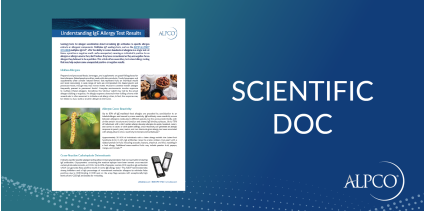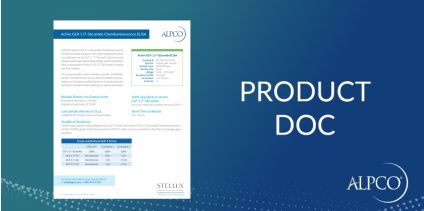Canine NGAL ELISA
The Canine NGAL ELISA is manufactured by BioPorto Diagnostics and intended for the determination of NGAL in dog urine, plasma, serum, tissue extracts, or culture media.
Research Use Only. Not for Use in Diagnostic Procedures.NGAL (neutrophil gelatinase-associated lipocalin) belongs to the lipocalin family of proteins. These are small secreted proteins characterized by their ability i) to bind small hydrophobic molecules in a structurally conserved pocket formed by β-pleated sheet, ii) to bind to specific cell-surface receptors, and iii) to form macromolecular complexes. NGAL has many synonyms: perhaps the most widely used is lipocalin2 (LCN 2); more recently the name siderocalin has been used to express NGAL’s ability to bind bacterial siderophores. As NGAL was first reported as oncogene 24p3 in the mouse, this name is still occasionally used to identify NGAL in other species.
Because dog NGAL has not yet been isolated and no antibodies or immunochemical detection methods have hitherto been developed to detect or measure it, there are no published data on the physiological or pathological functions of this protein in the dog. However, it is likely that some features of the biosynthesis, location and release of dog NGAL will be similar to those of its homologues in other species. The present kit has in fact been developed to extend NGAL research and the use of NGAL as a marker molecule, especially for kidney injury, to the dog. In the following, some pathophysiological features of NGAL in other mammalian species will be mentioned, because similar features may be observed in the dog.
Like other mammalian NGALs, dog NGAL may in certain situations be co-expressed and form complexes with matrix metalloproteinase-9 (MMP-9). Dog NGAL may also prove to form homodimers and higher oligomers with itself. As dog NGAL, unlike its human homologue but like all other mammalian NGALs known, does not possess a third cysteinyl residue capable of forming an intermolecular disulfide bridge, any complex formation detected will probably depend on non-covalent forces, at least initially.







